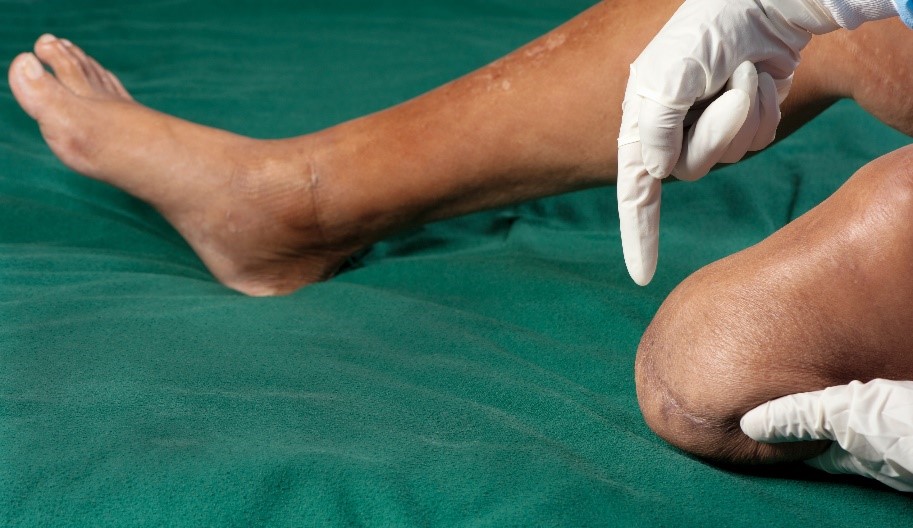
It is very important for amputees to understand the various types of sensations and pain that may occur so that they can effectively deal with them.
Post-operative pain in the area of a wound is common after an operation as the tissues start to heal. This pain should improve over the first few weeks and usually requires some pain medication until the wound is healed.
Increasing pain following the surgery can indicate a problem such as an infection or fluid build up and you should let your surgeon/doctor know if your pain is not settling.
It is very important for amputees to understand the various types of sensations and pain that may occur so that they can effectively deal with them. Although pain is common after an amputation, in most patients it is short lived and only a small number have ongoing problems with pain.
There are two major types of pain that amputees may experience; stump pain and phantom pain. Amputees may also experience a phenomenon called ‘phantom sensation’ or ‘phantom limb syndrome’.
There are many different medications that are used to manage pain. Your doctor will assess the type of pain you are experiencing and advise the best option. As with all medications, great care needs to be taken to ensure that any interactions and sideeffects are kept to a minimum.
Stump Pain
This refers to pain that is felt in the stump rather than in the absent limb as occurs in phantom pain. All patients will have some degree of stump pain as the wound heals following the operation. It is quite important to take medications as advised by the doctors and nursing staff. Research has shown that if stump pain is controlled well during this phase, there is less chance of experiencing ongoing stump or phantom pain. Some people experience stump pain at a later time, there are a few common causes of this pain.

An illfitting prosthetic limb may cause skin breakdown and the development of infections that are painful. It is important that you inspect the stump regularly to see if any areas of pressure are developing or if any areas of infection or inflammation have occurred. If so, you should see your prosthetist to see if the prosthetic limb needs adjustment. Good stump hygiene can prevent or reduce the number of skin infections and associated problems.
Some people get persisting pain in the stump even after the wound has healed. The nerves in this area have been cut and the scar can become sensitive. It is usual to try local measures such as an elastic stocking, massage, vibration and pain creams to try and help this type of pain. Persistent pain in the wound can be due to a number of conditions and you should ask your doctor to review the wound and check for problems. Common conditions that cause stump pain are as follows.
Neuromas: these are a common cause of pain. Neuromas occur when nerves are cut in the operation. Your surgeon will have minimized the chance of most neuromas forming. Unfortunately, neuromas may still occur and may recur. They generally present as a localised, very tender and painful area. Sometimes they may trigger an electric shock type pain and in some patients they actually trigger phantom pain. Therefore, it may be difficult for you to know which pain is which. Consult your doctor if this problem is occurring.
Bony Spurs: occasionally, small bony growths appear on the cut end of the bone in the stump. In most cases, these bony spurs do not cause any problem. Occasionally they are large enough or near an important structure such as a nerve and can cause pain from irritation or pressure. The bony spur may need treatment by surgical removal. Your doctor will advise you of the appropriate treatment.
In most cases, the development of a new stump pain will be due to a problem with the fitting of a prosthesis. In this case, a review by your prosthetist may help to determine what the problem is and quickly rectify it. If not they may need to refer you to your primary care doctor.

